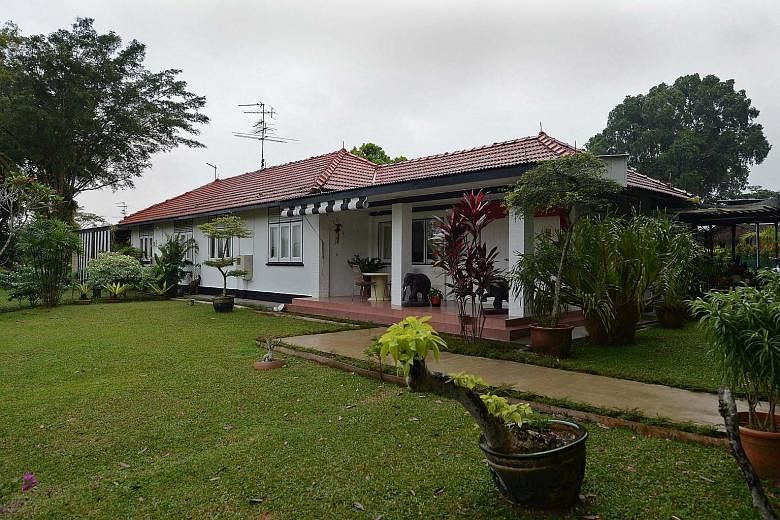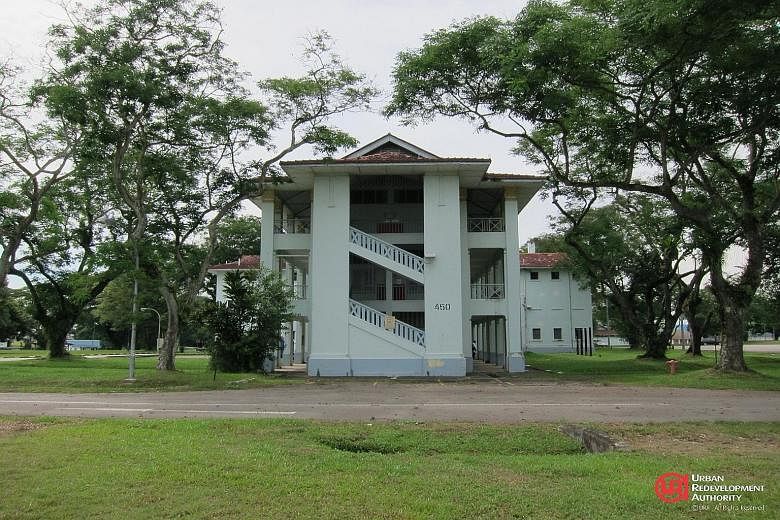The Seletar area is not only good for bus spotting it also has special significance in Singapore's history: Its changing occupants reflect the country's rise and fall.
From the early 1800s until the 1950s, the riverine landscape was home to the Orang Seletar and their boats. Immigrants from China and India who settled there grew pepper, gambier and rubber.
The colonial government set up a camp there which became operational in 1928. It was the largest British Royal Air Force base in the Far East then. To ease servicemen's homesickness, roads and roundabouts were named after places in London, such as Piccadilly Circus, Hyde Park Gate and Baker Street. The roads are still there . Clustered around The Oval and Park Lane are 32 bungalows built to house servicemen and their families. Of these, 23 are black-and-white bungalows, made of timber and bricks. The other nine were built in the post-war early modern style and feature reinforced concrete work.
During World War II, the camp fell into the hands of the Japanese navy. After the withdrawal of the British forces from Singapore in 1971, the eastern side of the station was handed over to the Singapore Armed Forces for military use. The western side was used for civil aviation and became accessible to the public again.
The area is being transformed into an aerospace hub and will be home to an upgraded Seletar Airport.


